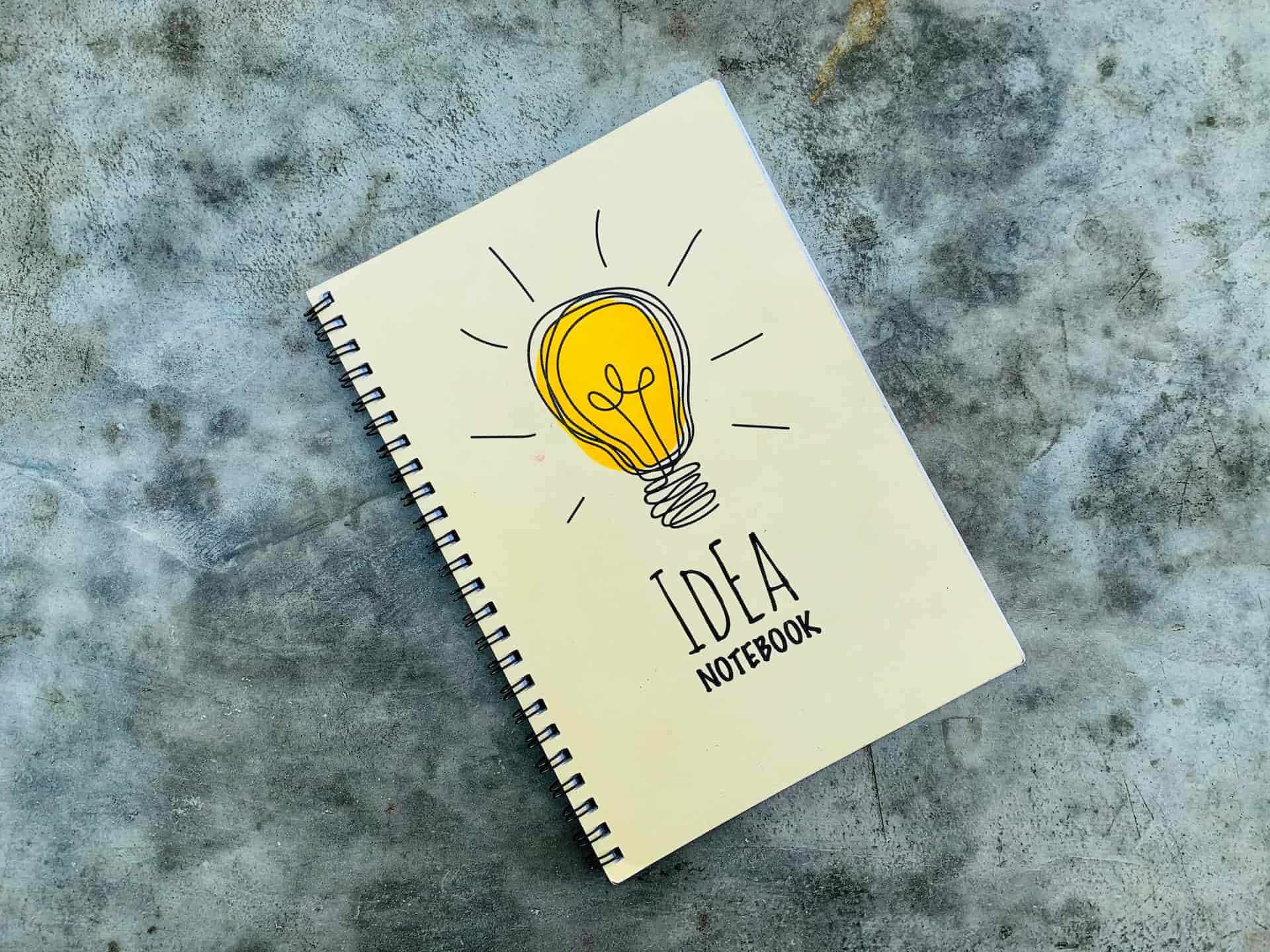Introduction
- The human mind is a centre for creativity, and it is protected in several ways. There are numerous ways to safeguard creative work, and one of these is patenting.
- This protection is unquestionably a way to encourage advancements.
- As is common knowledge, patents are essentially monopolistic rights granted by the government of the nation to the owner of the invention in any field to make, use, manufacture, and market the invention.
- Patents are granted because the invention complies with certain legal requirements, and such rights are granted for a finite amount of time (20 years).
People Also Read: What are the Benefits of Getting a Design Patent?
What is a Patent as per the Patent Provisions?
Since not all inventions are eligible for patenting, the owner of the patent only receives a patent when the innovation meets the requirements for patentability. These circumstances, as per the patent provisions, are:
- Novelty
- Inventive step or non-obviousness
- Industrial Application
Sections 3 and 4 cover the list of exclusions that do not qualify as inventions and are, therefore, not patentable.
People Also Read: What is the Need for Software Patent
What is not considered an invention as per the Patent Provisions?
Section 3 describes the definition of an invention under the heading “What are not inventions?”
- A frivolous invention is one that claims something that is obviously against well-established natural laws
- One whose primary use or intended commercial application may be contrary to public order or morality
- One that poses a serious risk to human, animal, plant, or environmental health
- One that is merely the discovery of a scientific principle, the formulation of an abstract theory
- The discovery of any creation of an abstract theory or the discovery of any naturally existent living or non-living item the simple discovery of a scientific principle
- The discovery of any living thing or non-living substance occurring in nature
- The simple discovery of a new form of a known substance that does not improve its known efficacy
- The simple discovery of any new property or use for a known substance
- The simple use of a known process, the machine, or apparatus unless such a known process results in.
Any invention connected to atomic energy is prohibited by Section 4 of the Atomic Energy Act of 1962, which is captioned “Inventions relating to atomic energy not patentable.” This law permits the development, regulation, and use of atomic energy for the welfare of Indians, other nonviolent ends, and issues related thereto.
Those eligible to submit a patent application under the patent provisions are-
(1) Any of the accompanying persons, or, in other words,—may submit an application for a patent for an invention subject to the provisions of section 134.
- By anyone claiming to be the true and original inventor of the invention;
- By any person who is the assignee of the person claiming to be the legitimate and original innovator with reference to the right to submit such an application;
- By the authorized representative of any deceased person who was alive prior to his passing and is eligible to submit such an application.
(2) Any of the people mentioned there may submit an application under subsection (1), either individually or jointly with another person.
People Also Read: Why is Patent Registration important in India?
What are the rights available to a Patentee under the Patent Provisions?
Section 48 of the Act deals with the rights that the patentee may be granted when the patent is granted. The two rights that can be granted as per the patent provisions are-
- Prohibiting a third party from using, importing, or selling a patented product without the patentee’s permission.
- A restriction on a third party’s ability to use, sell, or import the patented product without the patentee’s permission (if the procedure is the subject matter).
People Also Read: What are the Grounds for Revocation of Patent?
Safeguard Your Ideas By Knowing About Various Types Of Intellectual Property With Expert Legal Advice
What is the Infringement of Patent Provisions provided under the Act?
When someone exercises their rights as a patent holder without the patent owner’s approval, it is considered to be an infringement of their rights, which is referred to as a patent infringement.
Various Forms of Patent Infringement provided under the patent provisions are-
- Direct Infringement is when a patented product is directly sold, marketed, or used for commercial purposes without the patentee’s permission.
- Indirect Infringement, any instance of fraudulent or unintentional patent infringement, qualifies as an indirect infringement.
- Contributory Infringement is when someone intentionally violates the rights of a patent holder.
People Also Read: What are the Ways for Protection against the Patent Troll
What are the exceptions to the Infringement of Patents provided under the Act?
Following are some behaviours that would not constitute Infringement as per the patent provisions.
- Government use: Under the patent provisions, a patented innovation may be used by the central government for internal purposes, and under Section 47, the government may import the patented invention.
- Exemption for experiments and research: It is not considered an infringement when a patented innovation is used in experiments or for educational purposes.
- The government may import pharmaceutical innovations that have received patent protection.
- Any patented invention on a foreign ship, aeroplane, or vehicle that enters India is not illegal.
People Also Read: What is Licensing in IPR?
What are the Patent Provisions related to the suits for filing Patent Infringement?
The Patent Act of 1970, under Section 104, addresses the patent holder’s right to file a lawsuit to prevent Infringement. The patentee has the option of filing a lawsuit in the high court or a district court. Even though a lawsuit for patent infringement might be brought after the patent has been granted, the patentee is still entitled to compensation for any harm done between the time the patent application was published and the patent was granted.
After receiving a patent, the onus of proof shifts to the patentee, but if the invention is a process, the onus of proof shifts to the defendant.
People Also Read: What is Section 64 of Patent Act?
What remedies are available under Patent Provisions relating to remedies for the Infringement of Patents?
- Injunction- The most frequent type of remedy awarded in cases involving patent infringement is an injunction. An injunction is a court order prohibiting someone from starting or continuing a course of action that will endanger or invade someone’s legal rights.
There are two different kinds of injunctions granted as per the patent provisions:
- Temporary Injunction
- Constant Prohibition
- Damages and profit account– If the plaintiff wins the case, the court may award either damages or a mandate that the defendant account for profits, but not both.
Conclusion
Thanks to patent provisions, many innovators’ intellectual property has been safeguarded in India, which has also helped the country’s commerce and technology advance. A specific procedure must be followed for the grant of a patent.
A patent grant gives the patentee monopoly rights that prevent third parties from using, manufacturing, or importing patented goods without the patentee’s permission. The patentee may file a lawsuit against the individual who attempts to use, sell, produce, or import such patented goods in violation of their rights. Always take the advice of a patent lawyer to register your patent.
Frequently Asked Questions
Q1. What is a Patent?
Ans1. A Patent is a government-granted monopoly right that gives the inventor exclusive rights to make, use, sell, or import their invention for a limited time (20 years).
Q2. What are the requirements for getting a Patent?
Ans2. An invention must be:
- Novel (new and not known before)
- Inventive Step (non-obvious and not readily deducible)
- Industrially Applicable (capable of being used in industry)
Q3. What cannot be patented in India?
Ans3. Under Sections 3 and 4 of the Patents Act, inventions related to:
- Frivolous or against natural laws
- Public order or morality
- Threat to human, animal, plant, or environmental health
- Discoveries of scientific principles or naturally occurring things
- Simple discoveries of new properties or uses of known substances
Q4. Who can apply for a Patent?
Ans4. Anyone claiming to be the true inventor, their assignee (someone they assign the rights to), or the authorized representative of a deceased inventor can apply.
Q5. What rights does a Patent grant?
Ans5. A Patent grants the right to:
- Prevent others from using, importing, or selling the patented invention without permission.
Q6. What is Patent Infringement?
Ans6. Patent Infringement occurs when someone uses a patented invention without the permission of the patent holder. This can include making, using, selling, offering for sale, or importing the invention.
Q7. What are the different types of Patent Infringement?
Ans7. The Patents Act recognizes:
- Direct Infringement (using the patented product without permission)
- Indirect Infringement (contributing to someone else’s infringement)
Q8. Are there exceptions to Patent Infringement?
Ans8. Yes, some actions are not considered infringement, such as:
- Government use of the invention
- Experiments or research using the invention
- Importing patented pharmaceuticals for government use
- Use of a patented invention on a foreign vehicle entering India
Q9. How can a patent holder sue for Infringement?
Ans9. The Patents Act (Section 104) allows the patent holder to file a lawsuit in a District Court or High Court.
Q10. What remedies are available for Patent Infringement?
Ans10. In successful infringement cases, courts may grant:
- Injunctions (orders to stop infringement)
- Damages (monetary compensation for losses)
- Account of Profits (requiring the infringer to disclose their profits from infringement)




